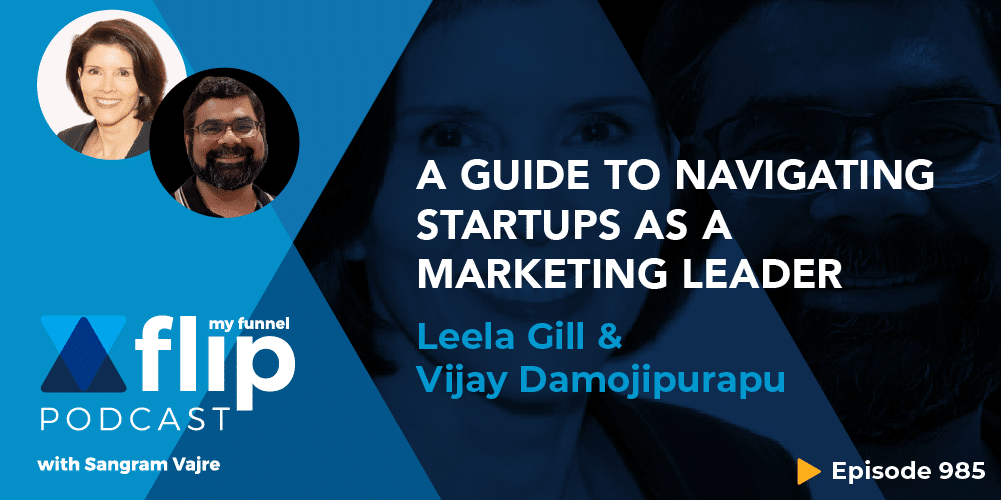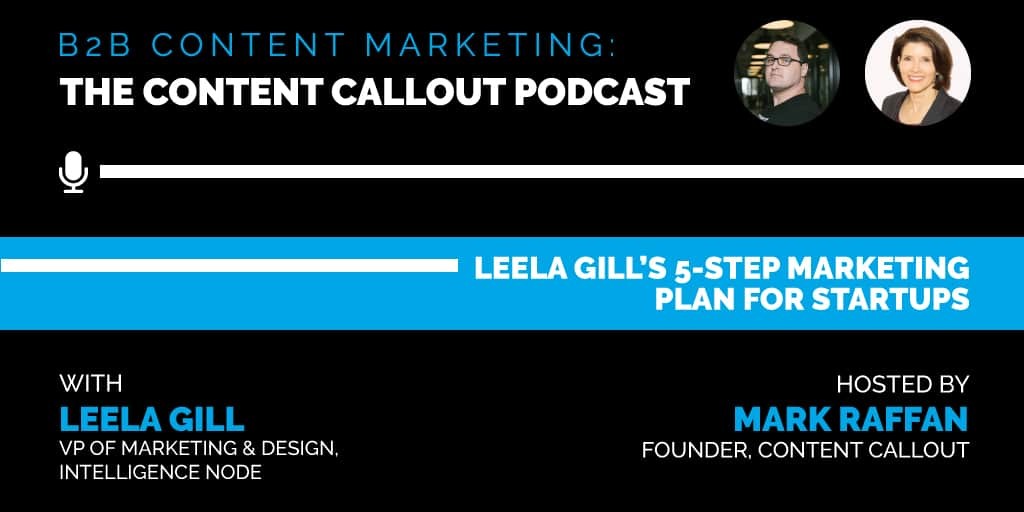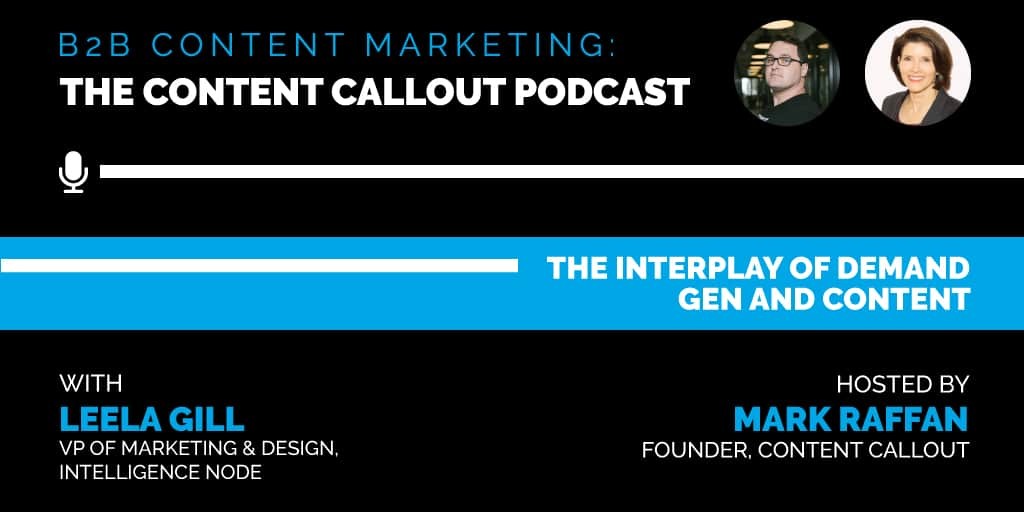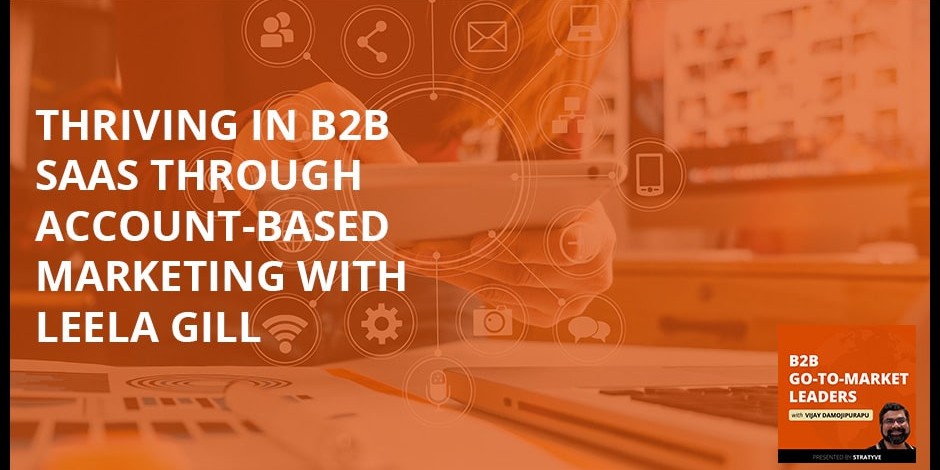With more than 4.2 billion social media users around the world, a number that has grown 490 million YoY from January 2020 to 2021, it can be challenging for a brand to stand apart from the crowd. To get above the noise and attract attention from prospects, you need to create a conversation. How do you do that? A major consideration is to be cognizant of the platform you’re using and formulate your messaging accordingly. The type of content — and the way you message it — should be different on LinkedIn vs. Instagram, for example.
Social media use has soared over the last decade and has impacted our lives in significant ways — connecting people, facilitating social shopping, and even boosting businesses. In 2020, 500 million tweets were sent each day, LinkedIn experienced a 55% increase in conversations amongst its users, and close to nine million pictures were uploaded on Instagram on a daily basis. Though considered a ‘creative outlet,’ social media imposes significant risks on individuals if not handled carefully. Social media today is like TV was in the 60s; it is embedded and part of the global discourse. Tap into it not just for business but for positive social outcomes.
The Power of Social Media
Whenever there is notable scientific progress that radically converts the way individuals live, it creates discourse over the essence of that change and whether it drives a “positive” or “negative” impact in our society. Social media networks such as Instagram, Facebook, and LinkedIn — as well as newer additions to the social media playing field like TikTok and Clubhouse — have transformed the way people get news and converse with one another.
A prime example of the power of social media is its recent influence over stock trading. The infamous GameStop stock that had surged as much as 1600% in January wasn’t merely a meme stock upended by Reddit forum WallstreetBets. It was more about fighting against corruption in the financial market manipulated over the many years where the ultra-rich and wealthy hedge fund managers got richer while ordinary people that didn’t have much lost everything during the 2008 financial crisis. For the lucky ones “in the know,” purchasing GameStop was an opportune moment to manipulate the market and reverse circumstances where hedge fund managers lose money.
Another example of a powerful social media platform is TikTok, the most downloaded app on the Internet. The app’s usage skyrocketed during the beginning of the COVID-19 pandemic, when people suddenly had a lot more time to spend at home scrolling their phones. Content creators on the app upload 15-60 second videos for anything from, teaching new hacks, participating in viral dance-offs or cook-offs, or even providing opportunities for Gen Z to find remote internship and volunteering opportunities. TikTok has become a new era of digital social change, turning regular people into content creators who now have opportunities to sign modeling, music, and acting contracts. Part of its allure is that it gives an average Joe a chance to build something from nothing.
The latest app taking the Internet by storm is Clubhouse, an interactive audio-based social network that is advocated by some of the most influential people worldwide including Elon Musk. This exclusive invite- and iPhone-only app cannot be downloaded by just anyone from the App Store. It’s essential to note that it’s the consumers that created this domain of partnership over rivalry. It is rare in the social media community but predictable considering how they set up their access – beginning with a meticulously administered group of investors, influencers, entrepreneurs, and artists and allocating them a restricted number of invitations. The app started with the right individuals that shaped the platform and then had them bring on new users who were ingrained into this culture. The outcome was a healthy and reared environment in which users could acquire entry to an extensive network of people and opportunities that were formerly unattainable.
As mentioned above, social media has had some beneficial effects in allowing people to connect and giving them opportunities they may not have otherwise. However, they can also be platforms for some toxic and harmful conduct. Facebook’s long-stated purpose is to “bring the world closer together.” It considers itself a non-discriminatory platform and has made efforts to combat against editing its users’ speech. That hasn’t been entirely effective; many people still believe it can promote hate and a divided society. This has resulted in Facebook coming under fire in recent years and has led to loss in its consumer trust.
Clubhouse and TikTok’s new social media format are exploding because the other channels such as Twitter and Facebook are too “noisy” and not trusted.
Engaging Influencers to Start a Conversation
Engaging the proper influencers on every new social channel helps brands establish various platforms to deliver their message. It is a critical yet effective way to reach a larger audience, raise brand awareness, strengthen trust for your brand, augment your social following, boost site traffic and drive sales. Companies use this approach to endorse their products and services by merging with prevalent social media users or bloggers. Influencers typically have a large following with an engaging audience that aids brands build credibility and boost sales. Brands may also want to consider partnering with micro-influencers, folks who have smaller — but highly engaged and targeted — followings.
Finding your Niche
It’s important to understand that most consumers aren’t looking for brands with a massive following. Instead, they look for authenticity, trust, and a great deal of passion in the content they follow and engage with. Finding your niche to grab your audience’s attention may seem like a daunting task, but you do not always have to create novel content to stand out. Rather, the key is to be specific; ensure your social media presence matches the values of your brand. You do not have to have the current iPhone or a brand new camera model to begin. Influencer MrBeast filmed his first video eight years ago in his bedroom using a webcam, and now he boasts close to 55 million subscribers on YouTube and 12.3 million followers on Instagram. His goal wasn’t to sell his brand but to inspire his audience. Keep experimenting, improve your craft, be consistent, and of course, enjoy the process—brands aren’t born overnight; they are built over time.
Stimulating segmentation through a compelling story aids in building a stronger community — using this formula can get your brand above the noise.
Related Posts:
Influencers, Brand Ambassadors and Raving Fans – and Why You Need All Three
For marketers, influencers, brand ambassadors, and raving fans can create a significant differentiator…
Marketing as a Revenue Generator and Catalyst for Change
Marketing is a change catalyst, calling customers to change and jump on, and it also helps the organization…
A Guide To Navigating Startups as a Marketing Leader
It can’t be understated: Being a marketing leader of a startup can be crazy and chaotic. Out of the million…
A 5-Step Marketing Plan for Startups
As a marketing professional working in a startup, do you know how to help your company grow revenue? How is…
Building A Diverse And Equitable Business: The Role Of Marketing
Jesse Jackson once said, “Inclusion is not a matter of political correctness. It is the key to growth.” This…
B2B Marketing: What We Can Do To Help Save The Planet
The COVID-19 pandemic is the biggest business challenge of a generation. Organizations scramble to establish…
The Interplay of Demand Gen and Content with Leela Gill
The COVID-19 pandemic is the biggest business challenge of a generation. Organizations scramble to establish…
Early-Stage Marketing: A Five-Point Leadership Framework
The COVID-19 pandemic is the biggest business challenge of a generation. Organizations scramble to establish…
Thriving In B2B SaaS Through Account-Based Marketing With Leela Gill
The COVID-19 pandemic is the biggest business challenge of a generation. Organizations scramble to establish…









